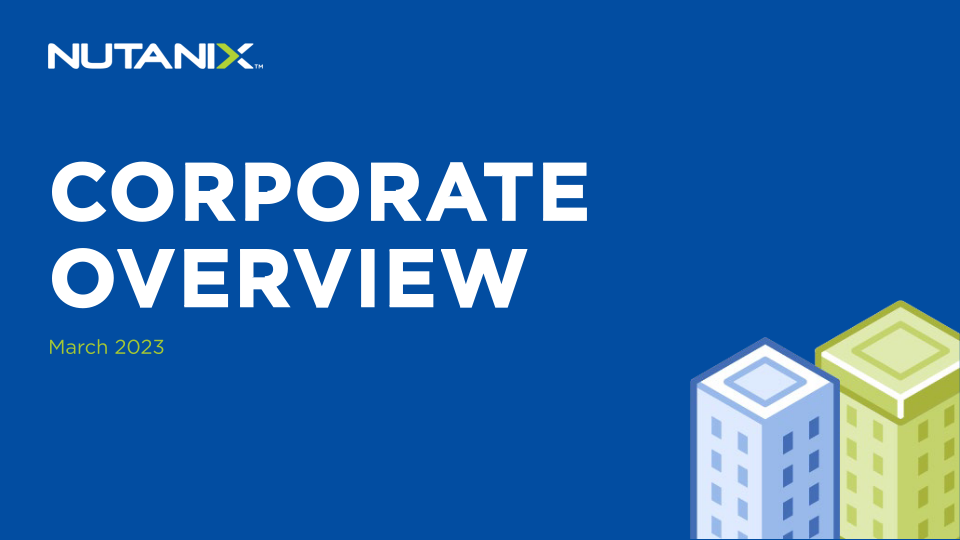Sustainable Mine Closure and Decommissioning Program
Made public by
Rapu Rapu Minerals Inc. (RRMI) and Filminera Resources Corporation (FRC)
sourced by PitchSend
Creator
Rapu-Rapu Minerals Inc. (RRMI) and Filminera Resources Corporation (FRC)
Category
Technology
Published
2017
Slides
Transcriptions
Download to PowerPoint
Download presentation as an editable powerpoint.
Related












